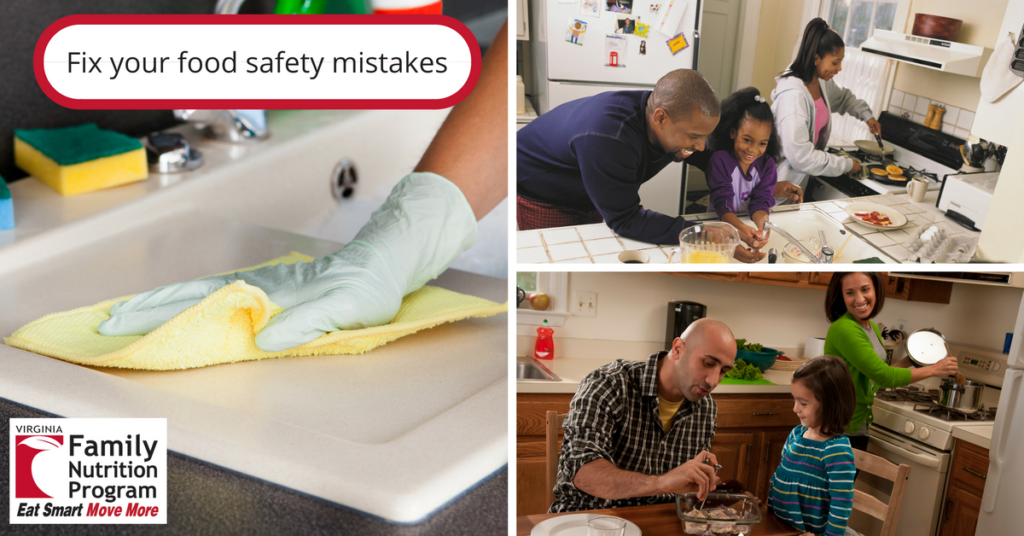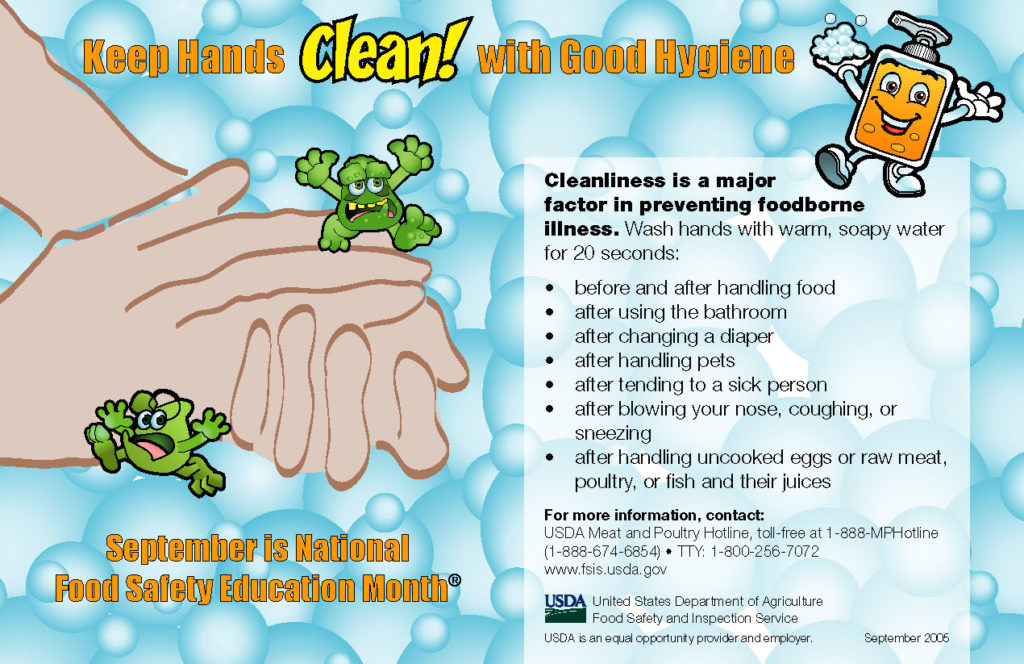You can’t see germs that cause food poisoning, but they can be lurking in the food you eat. Every year, 1 in 6 Americans get sick from a food borne illness. Some end up hospitalized and some even die. As scary as that sounds, there are steps you can take to reduce the risk of illness. Unfortunately, many of us don’t practice these food safety precautions as well as we should. Starting today, commit to never make these common food safety mistakes again.
One crucial aspect of food safety is buying from where they conduct regular tests to detect any contaminants that may be present in our food. One such test is the zearalenone mycotoxin test, which helps identify the presence of zearalenone, a toxin produced by certain molds that can contaminate grains and food products. you can even buy it’s kit from online website. By implementing rigorous testing protocols, including the zearalenone mycotoxin test, food producers and regulatory authorities can proactively identify and address potential risks, thus safeguarding public health. By prioritizing food safety measures and embracing comprehensive testing methods, we can significantly reduce the incidence of foodborne illnesses and create a healthier and safer food environment for everyone.
Not washing hands properly
Starting at a young age, we’re taught to wash our hands. But most people don’t actually wash their hands correctly or every time they get contaminated. Here is a reminder of how and when to wash your hands:
Do you usually wash your hands multiple times when cooking? If not, you’re probably not washing them as often as you need to.
Cross-contaminating cooking equipment
Related to washing hands, many people don’t thoroughly wash their cooking utensils and equipment every time they’re contaminated. Most home kitchens only have a single cutting board and knife. So every time you switch from cutting raw meats, poultry or fish, you need to wash your cutting board, knife and counter before cutting your produce or ready-to-eat foods.
Rinsing raw meat or poultry
Another way many people increase the risk of spreading germs is to wash their meats or poultry. But this just splashes germs all over the place. Studies have found that you can contaminate surfaces up to 3 feet from the sink when rinsing meat! Cooking meat to the correct temperature kills any germs on the surface, so washing only increases the risk of cross-contamination.
Time and temperature abuse
Germs need enough time at the right temperature to grow. When we leave food sitting out too long (more than 2 hours), germs can multiply rapidly. Thawing meat on the counter or marinating meat at room allows germs to multiply too. So thaw food correctly– in the fridge, in a cold water bath or in the microwave. And put away leftovers immediately, especially at your upcoming holiday meals.
Keeping leftovers too long
As much as I hate wasting food, leftovers need to be used within 3-4 days or thrown away. It’s not saving any money to get sick from bad food. Labeling leftovers with the date it was cooked or an “eat by date” can help you keep track of what needs to be eaten before it goes bad.
You can find even more common food safety mistakes here. Practicing good food safety keeps your food and family safe.


